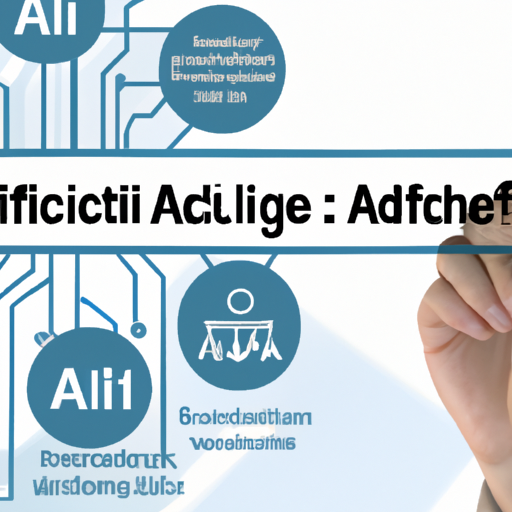The rapid evolution of cloud technology has given rise to innovative multi-cloud strategies, allowing businesses to optimize their IT infrastructure, while ensuring reliability and security. In this guide, we will delve into the benefits and best practices for implementing a successful multi-cloud approach.
What is a Multi-Cloud Strategy?
A multi-cloud strategy refers to the utilization of two or more cloud computing services from different vendors. This approach enables organizations to leverage the strengths of multiple cloud platforms, optimizing for performance, cost, and flexibility.
Benefits of Multi-Cloud Strategies
- Improved Flexibility: Businesses can choose specific services from different providers based on their unique requirements, leading to a more customized cloud environment.
- Increased Redundancy and Reliability: By diversifying cloud providers, organizations reduce the risk of downtime or data loss, enhancing overall operational stability.
- Cost Management: Companies can optimize their spending by selecting cost-effective solutions tailored to different workloads.
- Enhanced Security: Distributing workloads across multiple cloud services can minimize security risks associated with having all data in one location.
- Regulatory Compliance: Organizations can better meet compliance requirements by choosing cloud providers that adhere to specific regulations.
Best Practices for Implementing Multi-Cloud Strategies
To capitalize on the benefits of multi-cloud strategies, consider the following best practices:
1. Assess Your Needs
Before diving into multi-cloud, conduct a thorough assessment of your organization’s specific needs, including workload requirements, security concerns, and budget constraints.
2. Choose the Right Providers
Research and select cloud providers that align with your business objectives, technological capabilities, and security measures. Aim for a mix of major players and niche providers to capture various benefits.
3. Ensure Interoperability
Ensure that your chosen cloud services can communicate effectively with one another to avoid data silos and enhance collaboration.
4. Monitor and Optimize
Regularly monitor your multi-cloud environment for performance, costs, and security. Use analytics tools to optimize resource allocation and identify inefficiencies.
Conclusion
Adopting a multi-cloud strategy can be a game-changer for organizations seeking flexibility, cost savings, and enhanced security in their IT environments. By following the best practices outlined in this guide, businesses can effectively leverage the power of multi-cloud to drive innovation and growth.
Ready to explore multi-cloud strategies for your business? Contact us today to learn how we can help you implement a tailored cloud solution!













